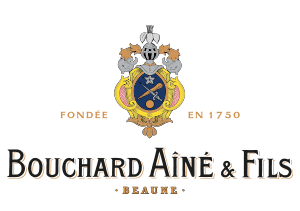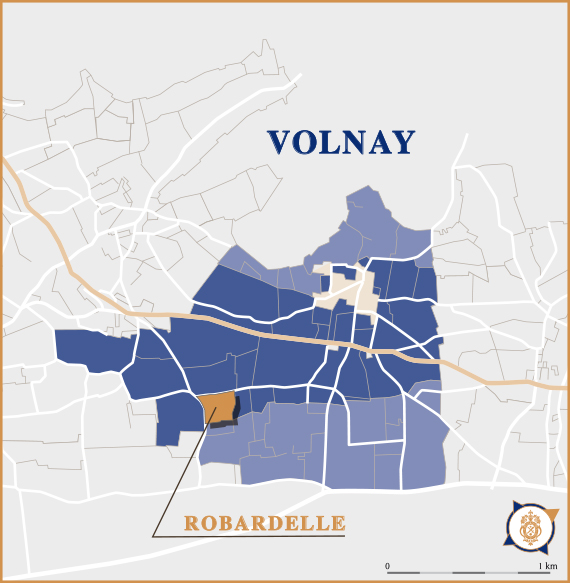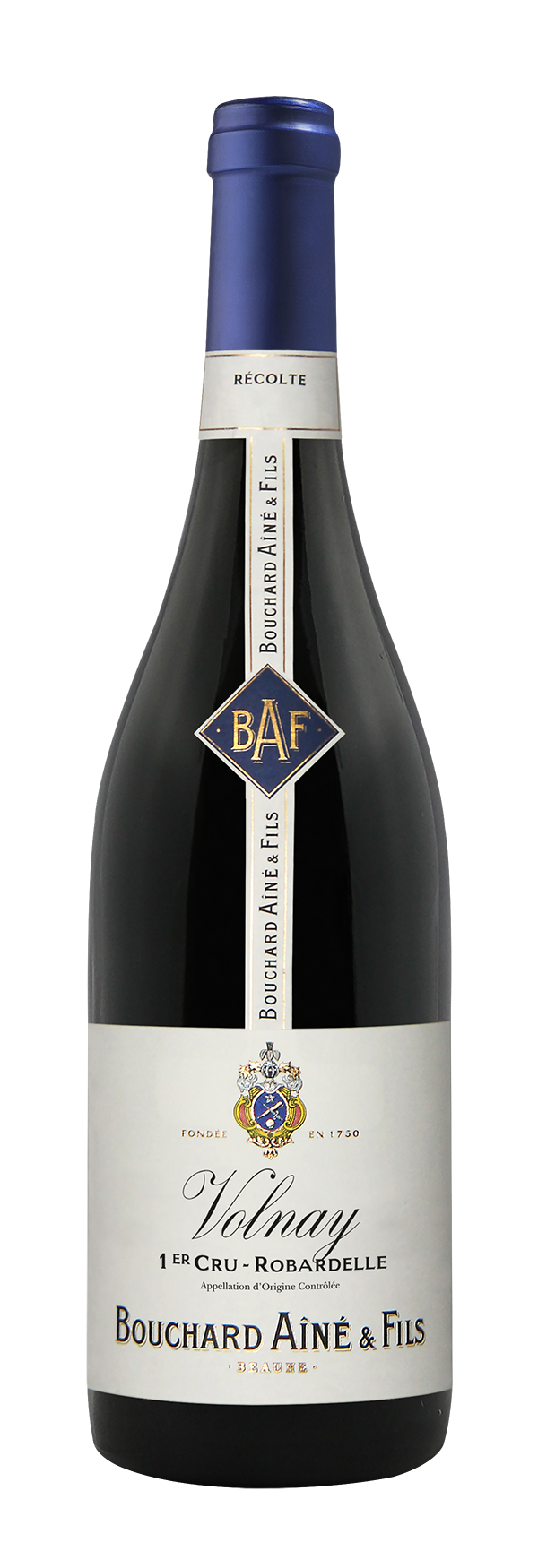VOLNAY PREMIER CRU
ROBARDELLE 2020
VOLNAY PREMIER CRU
ROBARDELLE 2020
Varietal
Tasting notes
Colour: Dark red robe.
Bouquet: The nose shows flavours of red and black ripe fruits, especially red cherries with toasted hints of coffee and spices.
Palate: A full attack shows a velvet structure, rich, well balanced, spicy, fruity (blackcurrant, blueberries, black cherries), generous, candied fruits and spices, silky tannin, complex, very nice and refined structure.
Food and wine pairing
Serving suggestions
Ageing potential
Origins
Vines were already grown here in Gallo-Roman times. In the Middle Ages, Volnay was a summer residence of the Dukes of Burgundy and later of the Dukes. The Knights Templar owned property and vines in Volnay, which were then bequeathed in the 14th century to the Brotherhood of the Blessed Sacrament, founded by Philip the Bold. The typicality of these wines made from Pinot Noir grapes was recognised and mentioned as early as the beginning of the 18th century, and appellation status was established in 1937.
The origin of the name Robardelle comes from the location of this Premier Cru, not far from the old Roman road and quarries where highwaymen (robarts) could make a quick getaway.
Vinification and maturing
Harvested by hand, the harvest is sorted at the vineyard and upon arrival at the cellars. The grapes are destemmed, crushed and then placed in thermo-regulated vats. The vinification begins with a cold maceration (8°-10°C) for a few days then the alcoholic fermentation takes over. Selected Burgundy yeasts and daily punching down and pumping over are practiced to promote the extraction of colour material and tannins. The unpacking makes it possible to obtain a drop juice and a press juice that we assemble. The new wine is then placed under the wood for 12 to 15 months. Maturing in oak barrels with a proportion of 30% new barrels, French oak.
Vintage : 2020
The current public health crisis has certainly marked this year’s harvest, which nonetheless has been able to go ahead! Despite the year’s record temperatures and lack of rainfall, there is been no lack of quality, although yields are down, with an especially mixed picture with regard to reds. However, these have generally been very well-balanced. Overall, we have seen nice levels of acidity, promising good aging potential…
All over Burgundy, 2020 was notable for its mildness and low rainfall. After a winter with no serious frosts, we went straight into a spring dominated by sunny, dry weather, resulting in very early bud break. Infrequent outbreaks of rain in June and July were not enough to stave off water shortages. Very high summer temperatures combined with intense sun exposure levels led to the vines gradually falling prey to hydric stress, causing delays to fruit ripening before harvest-time.
Once again, the vegetative cycle was shortened, being almost three weeks ahead of 2019’s. Thankfully, the harvest was saved by the relative cool of the nights. The harvest was of marvellous quality but there was very little juice in the red grapes (reduction of 30 to 50%), and reasonable potential alcohol, despite the heat. The whites, on the other hand, coped very well with these extreme conditions and yields were very good.
Relatively poor yields for the reds, normal yields for the whites. Some appellations achieved excellent levels of optimal ripeness, with 50% of grapes harvested with the ‘vendange entière’ (no destemming) approach.
Harvest started on the 21st August for the Côte Chalonnaise, more specifically, the Givry reds and then on the 23rd of August the first Chardonnay grapes were handpicked in the shape of the Beaune 1er cru Les Marconnets.





 PDF file
PDF file